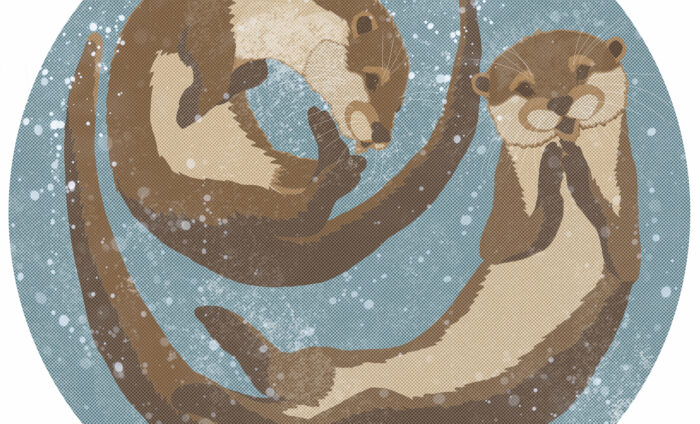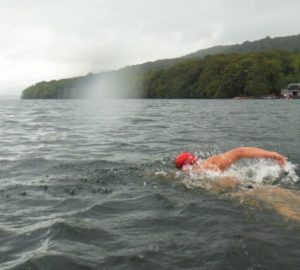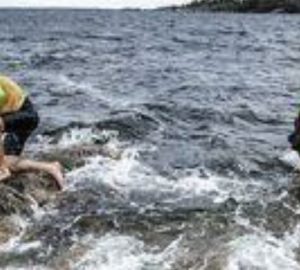
Swimming and wildlife: Otters
Once on the verge of extinction in the British Isles, otters are now widespread again
We nearly annihilated otters in the British Isles with indirect weapons of destruction including organochlorines as pesticides, habitat destruction, and running them over accidentally, as well as the direct persecution of otter hunts. By the mid- 1970s this once widespread species had dwindled to small fragmented populations. And then in 1978 otter hunting was banned. Use of organochlorine chemicals declined. Captive breeding and reintroductions increased the otter population. The progeny of otters that had survived in coastal areas when our rivers were blighted spread back inland. A couple of years ago on a swim trip in the Outer Hebrides we gleefully took photos of a road sign that warned ‘otter crossing’. Otters are now back in every county, and even appearing in Birmingham’s canals.
Swimming glory
Don’t read ‘Tarka the Otter’ or ‘Ring of Bright Water’ expecting happy endings, though the films made of them helped to rehabilitate the image of otters. Otters earnt their vermin status by being apex predators that dine on wild fish and fish farm stocks. For most people it is only in films that otters can be seen in their fluid swimming glory. Primarily they swim to hunt. When food is abundant otters have time and energy to play. For example, sliding down steep banks into water is practical but some otters do it more than necessary – it is not only locomotion but also play.
In southwest Turkey there is a crystal clear river I love to swim in. It is plump with shoals of fish – ideal for otters. Someone told me that my friend Umut knew when to see the village otter. I did not know the Turkish for otter, but as we both knew their scientific name – Lutra lutra – he understood what I wanted to know. He told me that she comes to the bridge at 10pm. My companion and I sat with a bottle of wine and watched the water. She was on time. First an advance ripple in the water and then we could see a fluid dark shape and hear soft splashes. She was typical for an otter – she had her territory and her routine, and was a delight to watch.
Where to see them
Otters are memorable so people following a range of pursuits from dog walking to canoeing may know local otter places. Myles Farnbank, Head of Guides & Training at Wilderness Scotland told me: “River based otters are mainly nocturnal. They have two periods of activity, the first is 4-6 hours after dusk, the second just before dawn when the otter retires.” He also said that coastal otters are a bit easier to spot when the days are shorter as their hunting is concentrated in daylight hours. You can look out for spraints – essentially a type of poo that otters use to mark their territory. Or when you see those ‘otter crossing’ signs on roadsides make a plan to come back to the water quietly and wait for otters. More wary of humans on land than in the water, swimmers can get a special glimpse of otters in their aquatic realm.
- River Stour, Dorset, England
- River Bure, Norfolk, England
- Glenarm River, Country Antrim, Northern Ireland
- North Uist, Outer Hebrides, Scotland
- Loch Torridon, Northwest Highlands, Scotland
Swimming and Wildlife by Susanne Masters with illustrations by Alice Goodridge is a monthly feature in Outdoor Swimmer Magazine.







